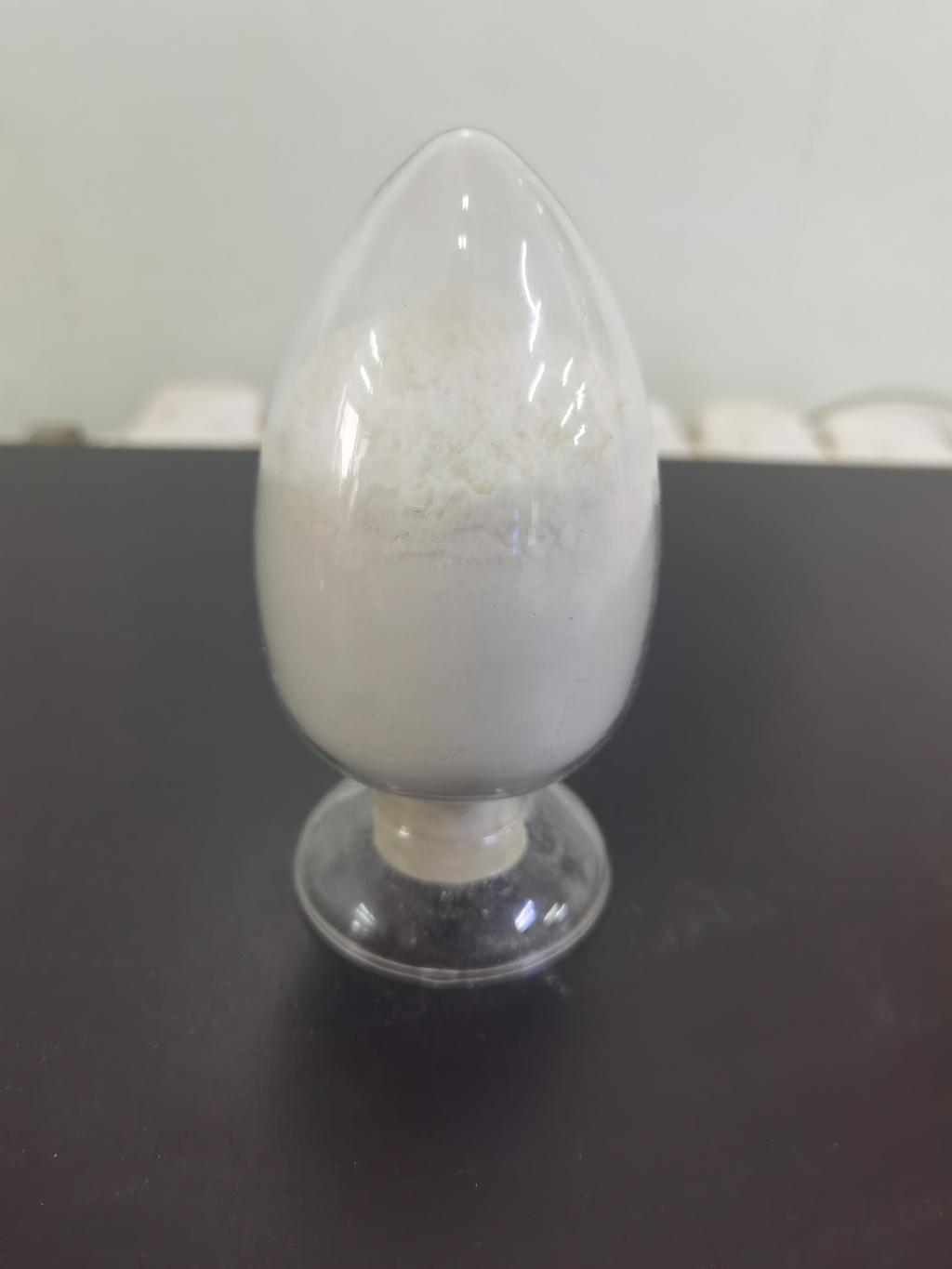Tel:+8618231198596

News
 CONTACT
CONTACT
 CONTACT
CONTACT
- Linkman:Linda Yao
- Tel: +8618231198596
- Email:linda.yao@dcpharma.cn
- Linkman:CHARLES.WANG
- Department:Overseas
- Tel: 0086 0311-85537378 0086 0311-85539701
News
Precision Approaches to Food Allergen Control: ε-Polylysine Hydrochloride's Potential
TIME:2024-03-05
The Growing Challenge of Food Allergens:
Food allergies have become increasingly prevalent, with certain allergens posing severe risks to susceptible individuals. The "Big Eight" allergens, including peanuts, tree nuts, milk, eggs, wheat, soy, fish, and shellfish, are responsible for the majority of allergic reactions. The food industry must address these challenges by implementing precise allergen control measures to protect consumers with allergies.
The Role of Antimicrobial Agents in Allergen Control:
Antimicrobial agents play a crucial role in allergen control by preventing the growth of bacteria and contaminants that may compromise food safety. While traditional preservatives have been effective, the demand for natural and precision-based solutions has led to the exploration of alternatives like ε-Polylysine Hydrochloride.
ε-Polylysine Hydrochloride: A Precision Antimicrobial Agent:
a. Overview and Origin: ε-Polylysine Hydrochloride is a naturally occurring antimicrobial agent derived from the bacterium Streptomyces albulus. Its unique structure, consisting of poly-ε-lysine chains, gives it remarkable antimicrobial properties.
b. Mode of Action: ε-Polylysine Hydrochloride works by disrupting the cell membranes of bacteria, preventing their growth and proliferation. This precision-based mechanism makes it highly effective against a broad spectrum of microorganisms while being safe for human consumption.
c. Stability and Solubility: ε-Polylysine Hydrochloride exhibits excellent stability and solubility in various food matrices, making it suitable for a wide range of applications in the food industry.
Applications of ε-Polylysine Hydrochloride in Food Allergen Control:
a. Allergen-Free Processing: ε-Polylysine Hydrochloride can be employed in allergen-free processing environments to prevent cross-contamination. Its antimicrobial properties ensure the elimination of potential allergenic contaminants during food production.
b. Preservation of Allergen-Free Products: In allergen-free products, the challenge lies in preserving freshness and preventing spoilage. ε-Polylysine Hydrochloride's ability to inhibit bacterial growth contributes to the extended shelf life of allergen-free foods.
c. Surface Treatment of Equipment: ε-Polylysine Hydrochloride can be used for the surface treatment of processing equipment and utensils to eliminate allergen residues and ensure the cleanliness of food production environments.
Benefits of ε-Polylysine Hydrochloride in Allergen Control:
a. Precision and Efficacy: The precision-based antimicrobial action of ε-Polylysine Hydrochloride allows for targeted control of bacteria and allergenic contaminants, ensuring the highest level of efficacy in allergen control measures.
b. Natural Origin and Clean Labeling: As a naturally occurring substance, ε-Polylysine Hydrochloride aligns with the clean-label trend, meeting consumer expectations for natural and transparent ingredient lists.
c. Minimal Impact on Product Characteristics: ε-Polylysine Hydrochloride, when used within recommended concentrations, has minimal impact on the sensory attributes of food products, allowing manufacturers to maintain the desired taste, texture, and appearance.
Challenges and Considerations:
a. Regulatory Approval: The use of ε-Polylysine Hydrochloride in food products may require regulatory approval in different regions. Collaborative efforts between the food industry and regulatory bodies are essential to establish guidelines and standards.
b. Cost Implications: While ε-Polylysine Hydrochloride offers precision-based allergen control, there may be associated costs with its production, implementation, and regulatory compliance. A comprehensive cost-benefit analysis is necessary to assess its economic viability.
c. Consumer Perception: Educating consumers about the safety and benefits of ε-Polylysine Hydrochloride is crucial for widespread acceptance. Clear communication can address potential concerns and build confidence in the use of this antimicrobial agent.
Case Studies and Success Stories:
Examining case studies and success stories from food manufacturers that have successfully integrated ε-Polylysine Hydrochloride into their allergen control measures can provide valuable insights. Real-world examples demonstrate the feasibility and positive outcomes of adopting this precision-based approach.
Future Implications and Innovations:
a. Research and Development: Ongoing research and development in the field of antimicrobial agents, including ε-Polylysine Hydrochloride, will contribute to refining its applications and expanding its use in diverse food products.
b. Integration with Emerging Technologies: The synergy between ε-Polylysine Hydrochloride and emerging technologies, such as blockchain and sensor technologies, can further enhance traceability and transparency in allergen control.
c. Global Collaboration: Collaboration between food manufacturers, researchers, and regulatory bodies on a global scale is essential to advance the integration of precision-based antimicrobial agents into food safety standards.
Conclusion:
ε-Polylysine Hydrochloride emerges as a precision-based solution in the realm of food allergen control, offering a natural and effective approach to ensuring the safety of allergic consumers. As the food industry navigates the complexities of allergen management, the integration of ε-Polylysine Hydrochloride represents a significant step toward precision and efficacy. Continued research, collaboration, and innovation will contribute to its widespread acceptance, setting a higher bar for food safety standards and meeting the evolving demands of consumers worldwide.
- Tel:+8618231198596
- Whatsapp:18231198596
- Chat With Skype







